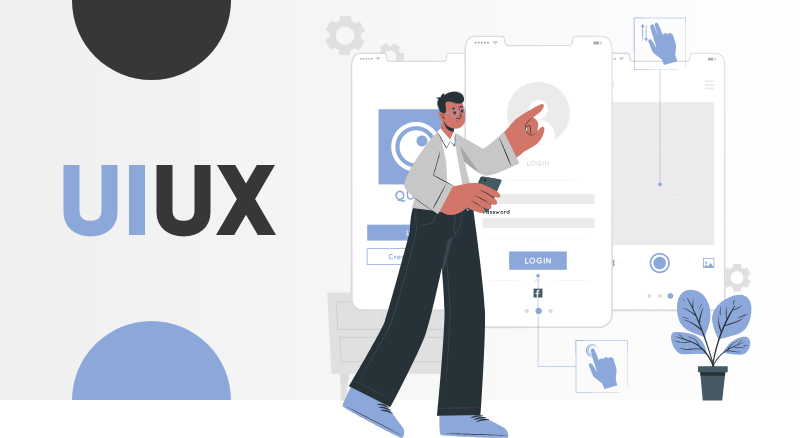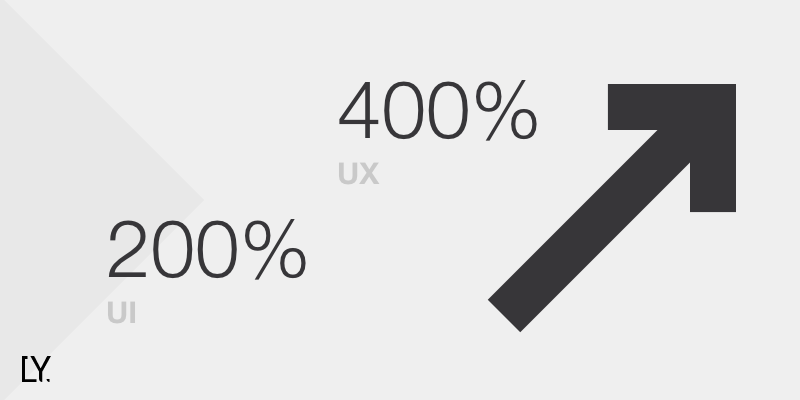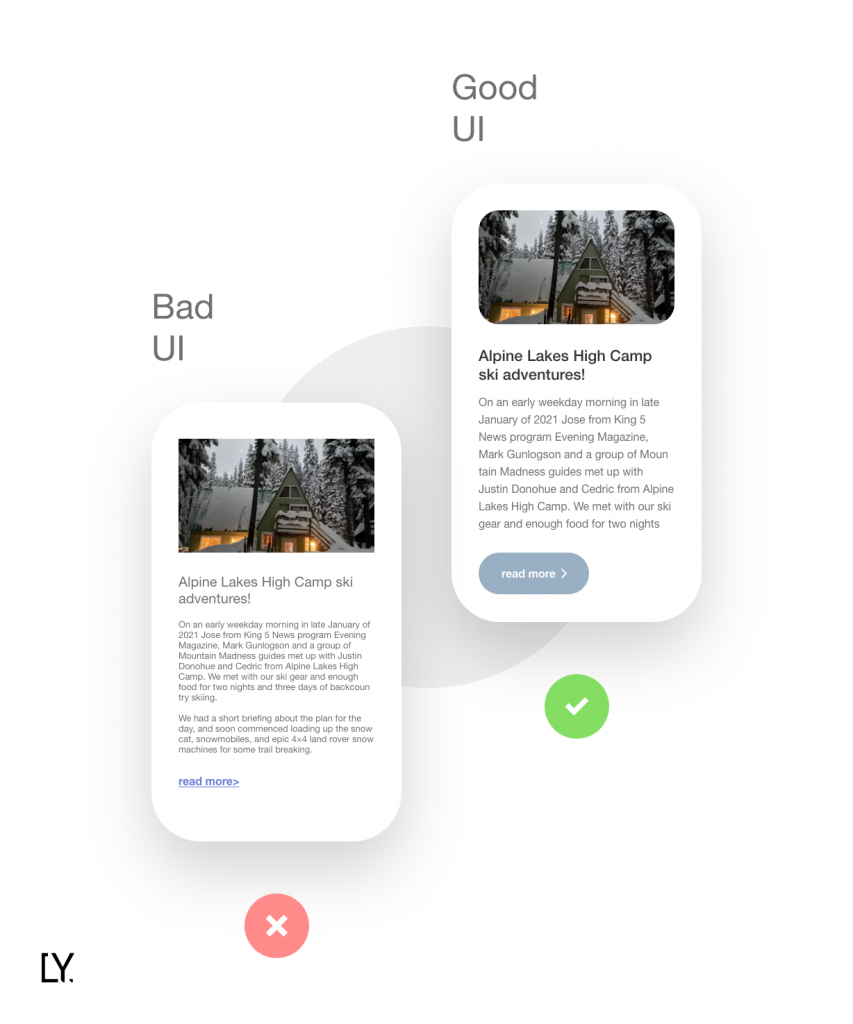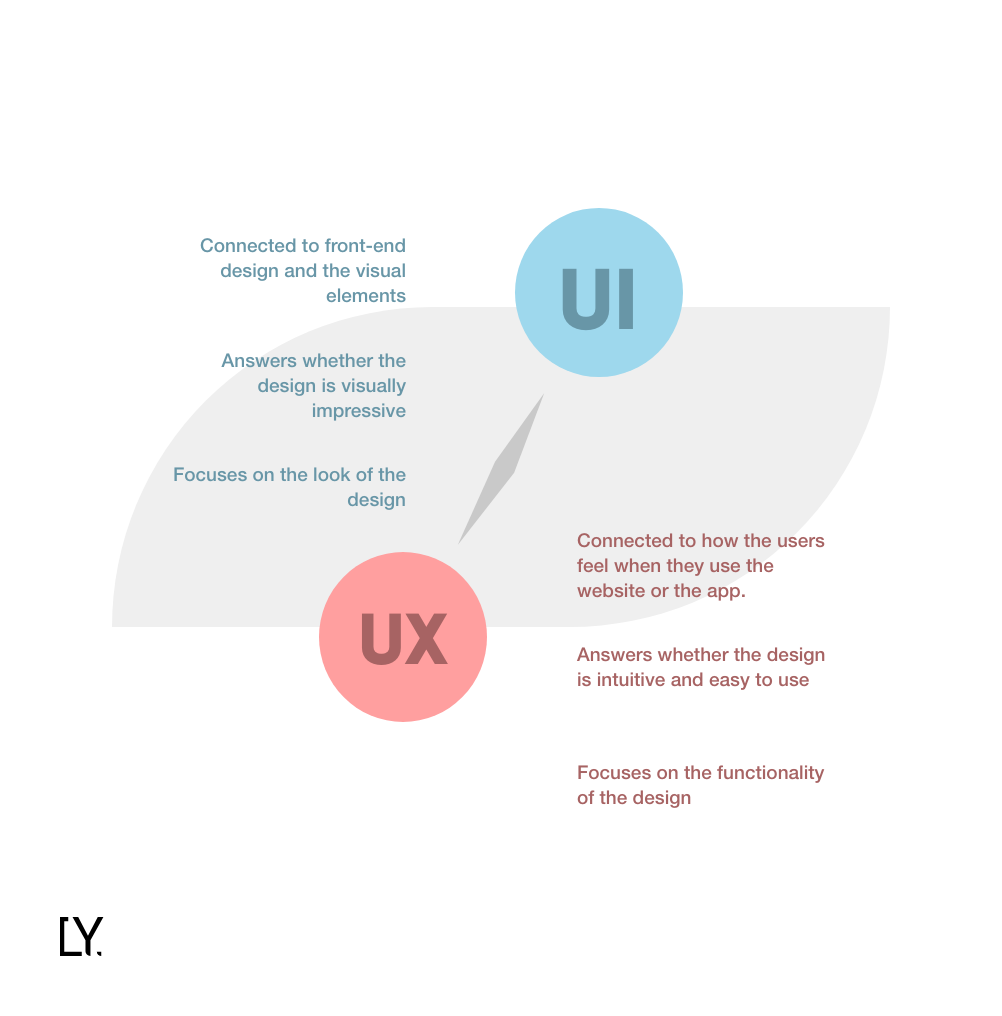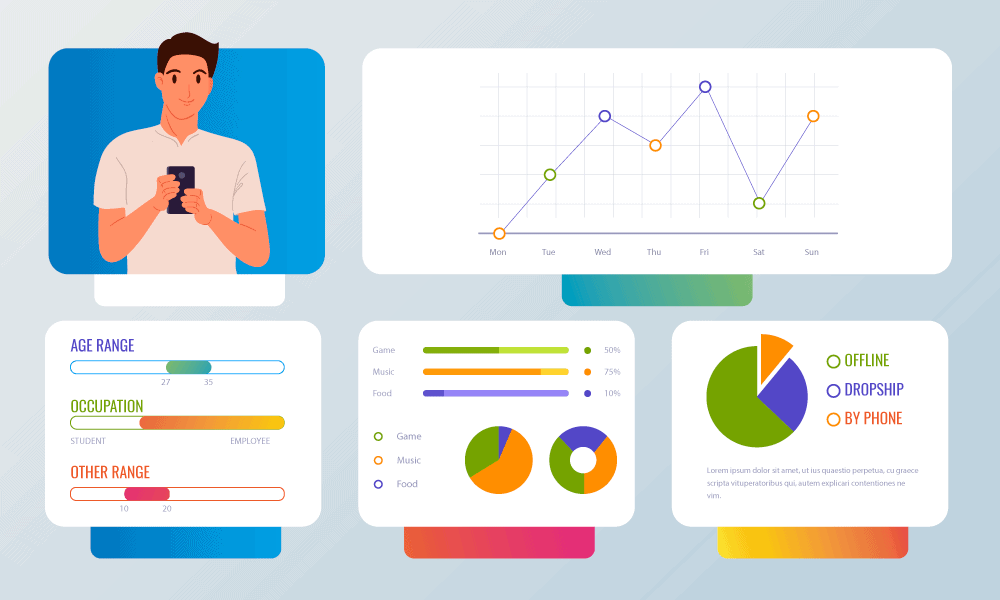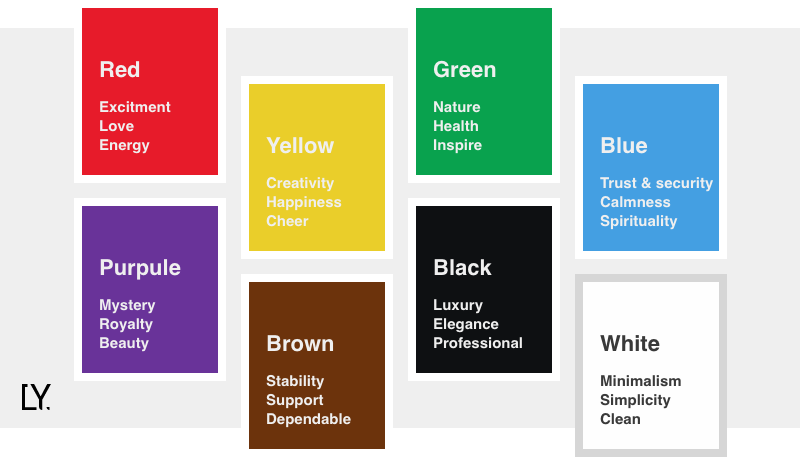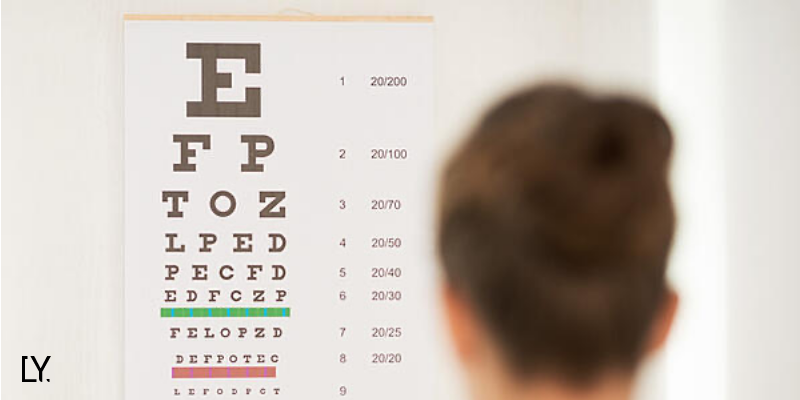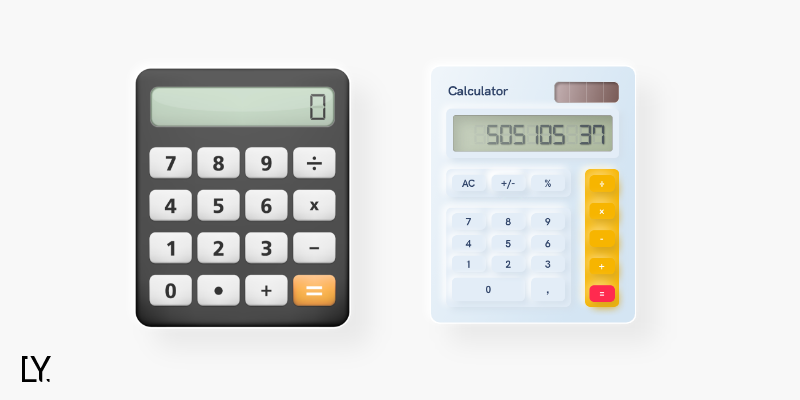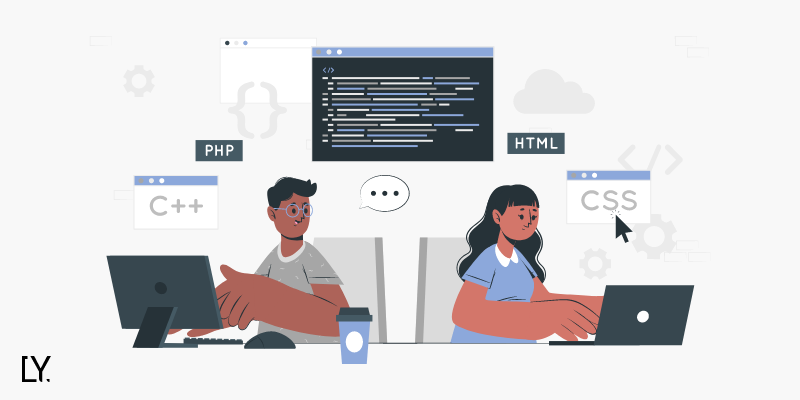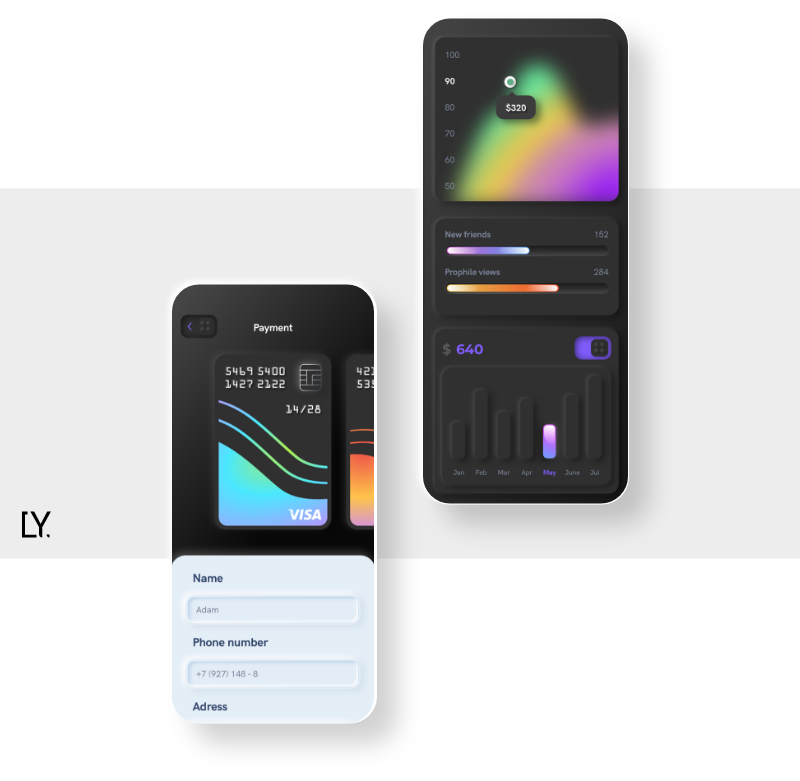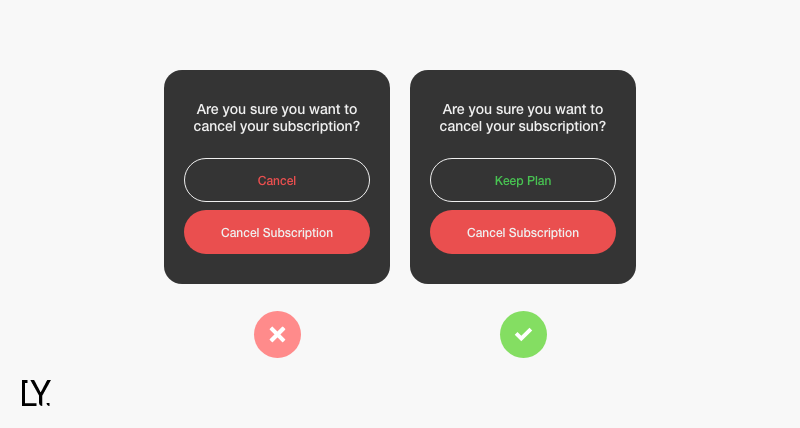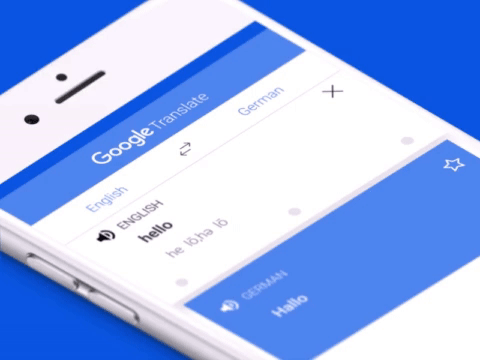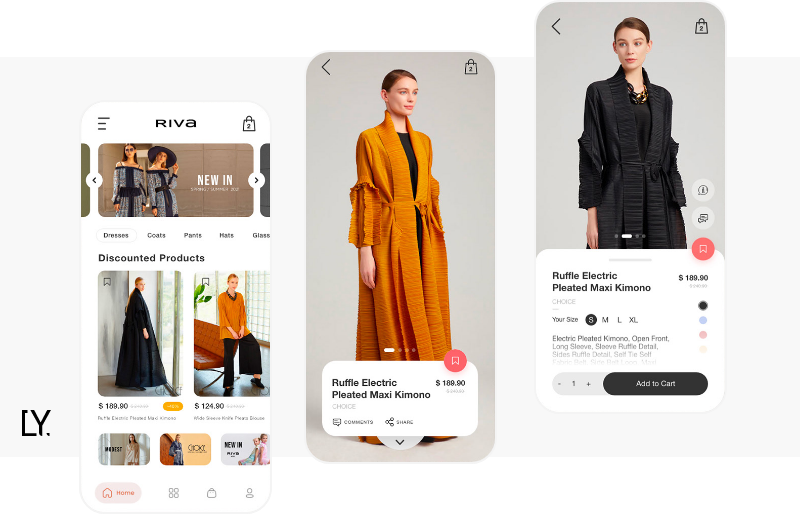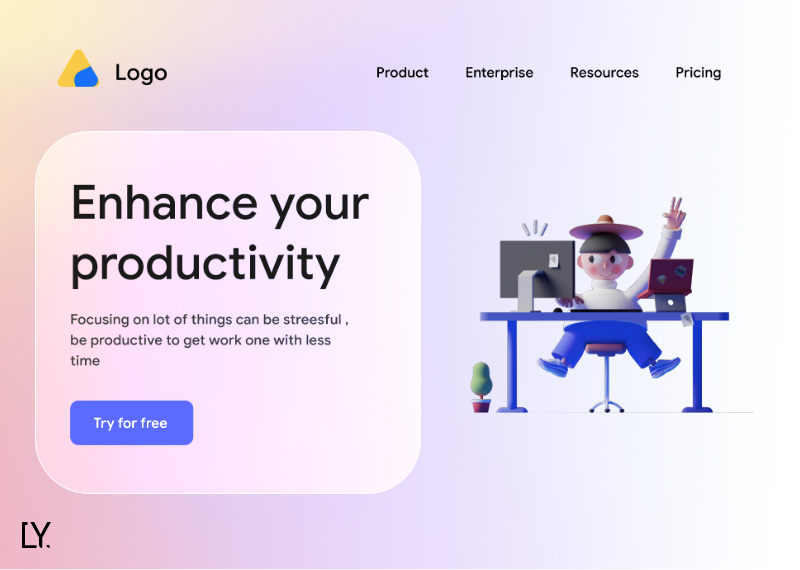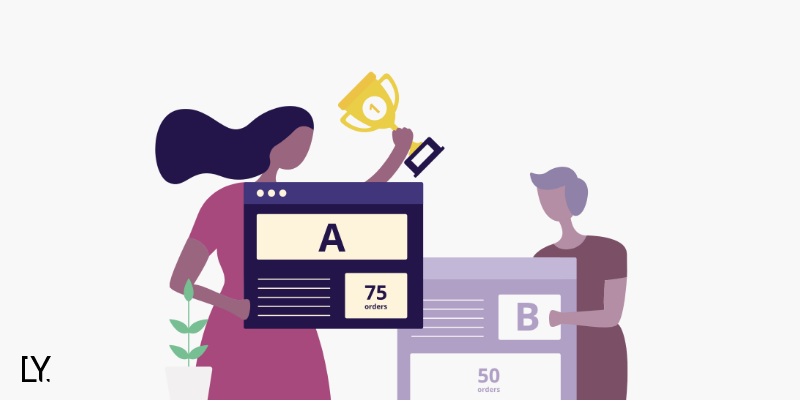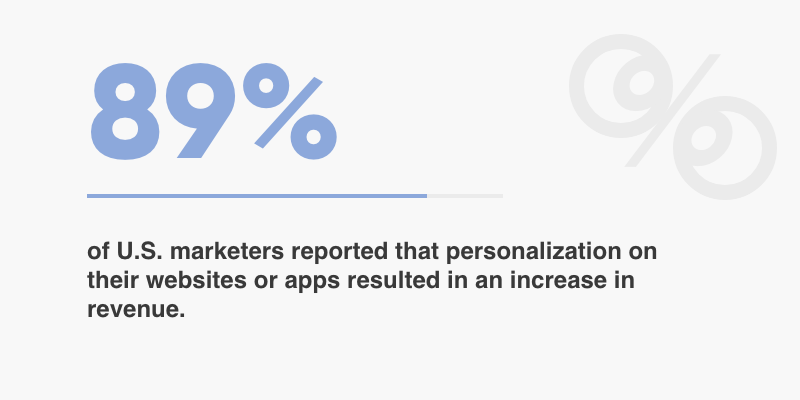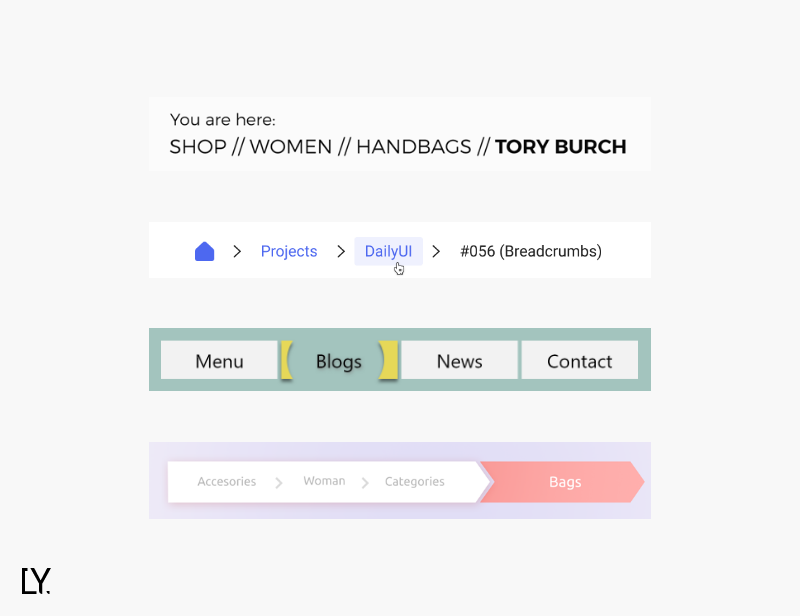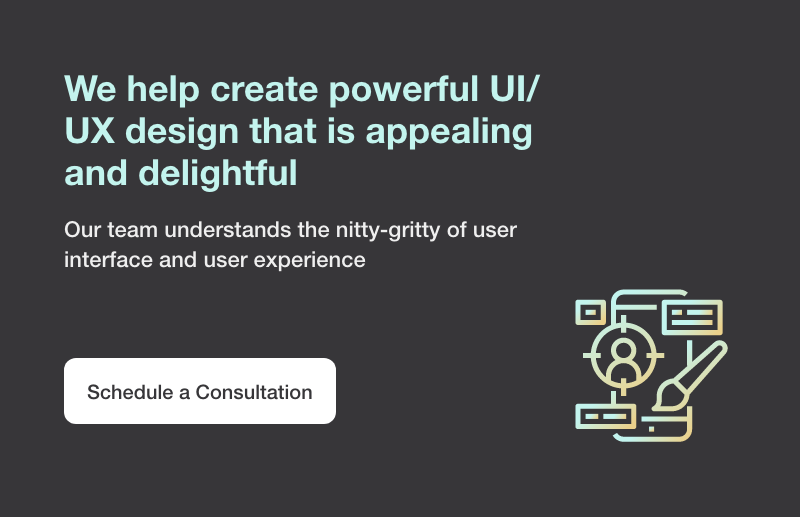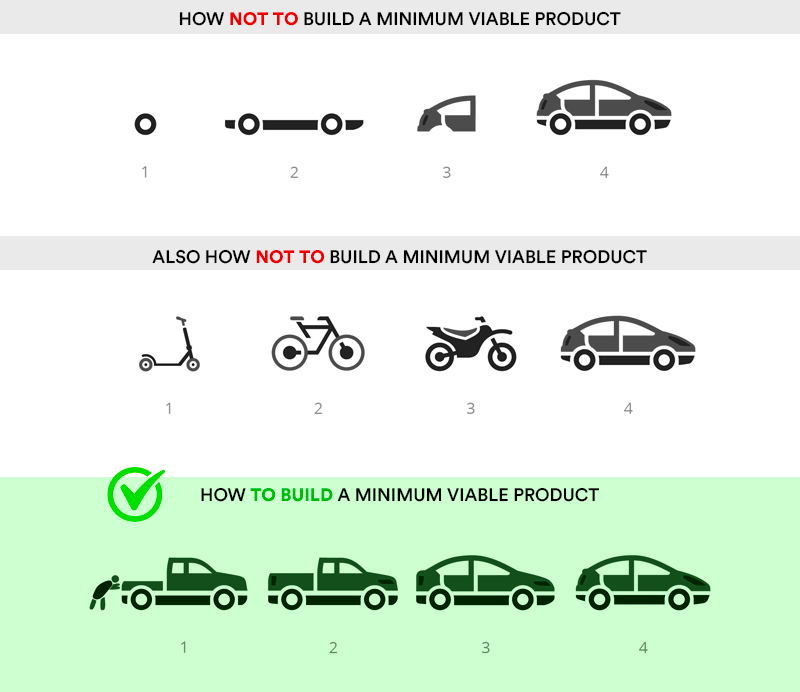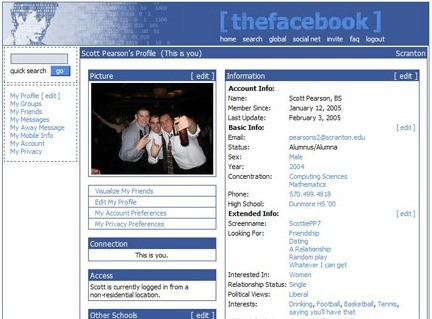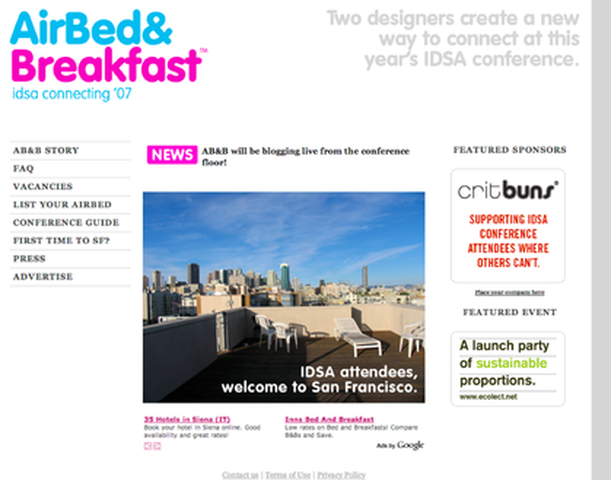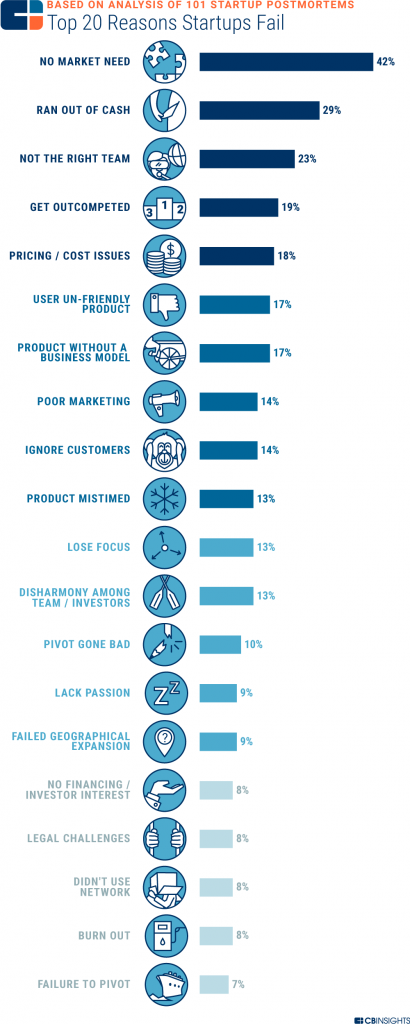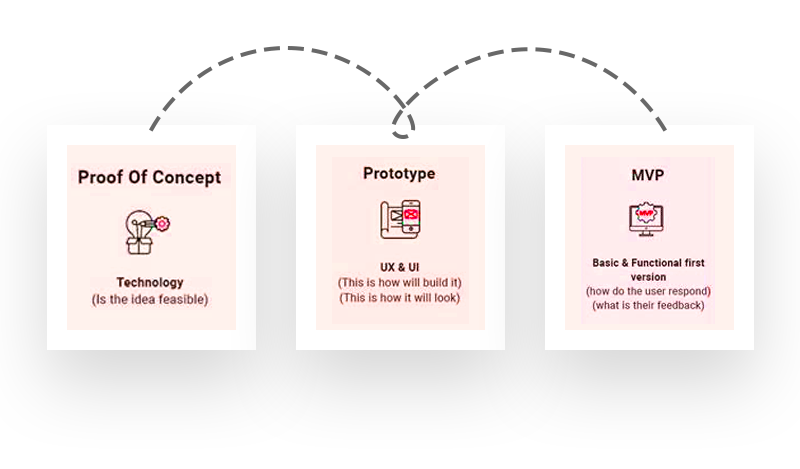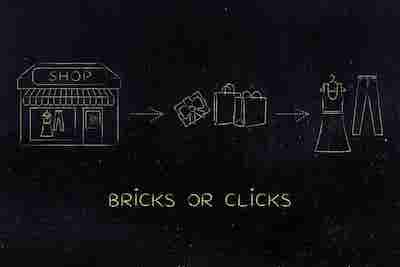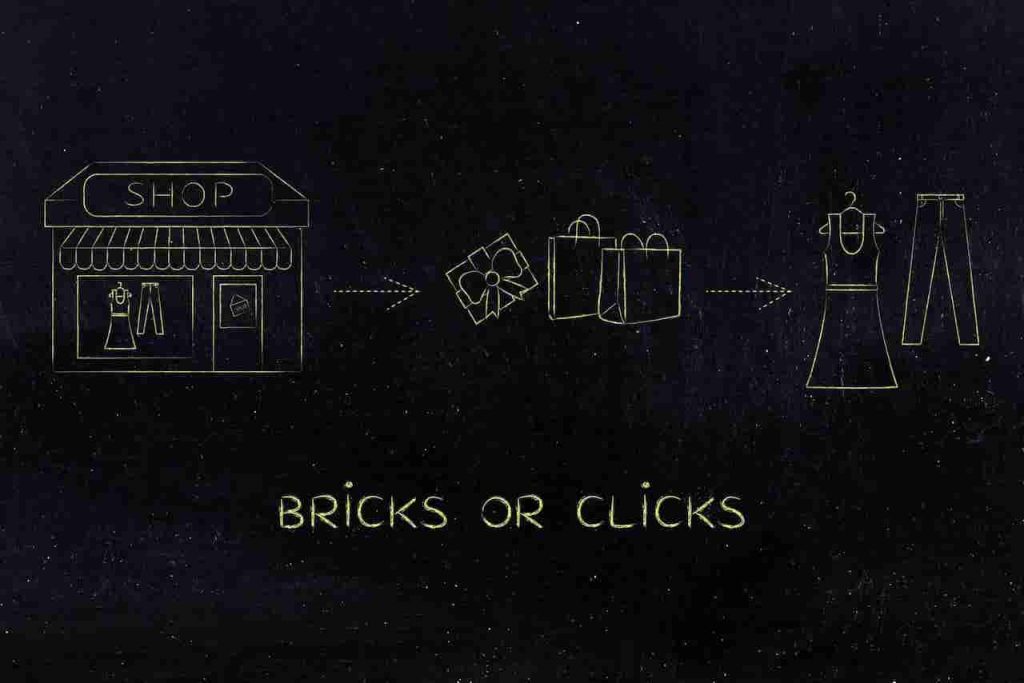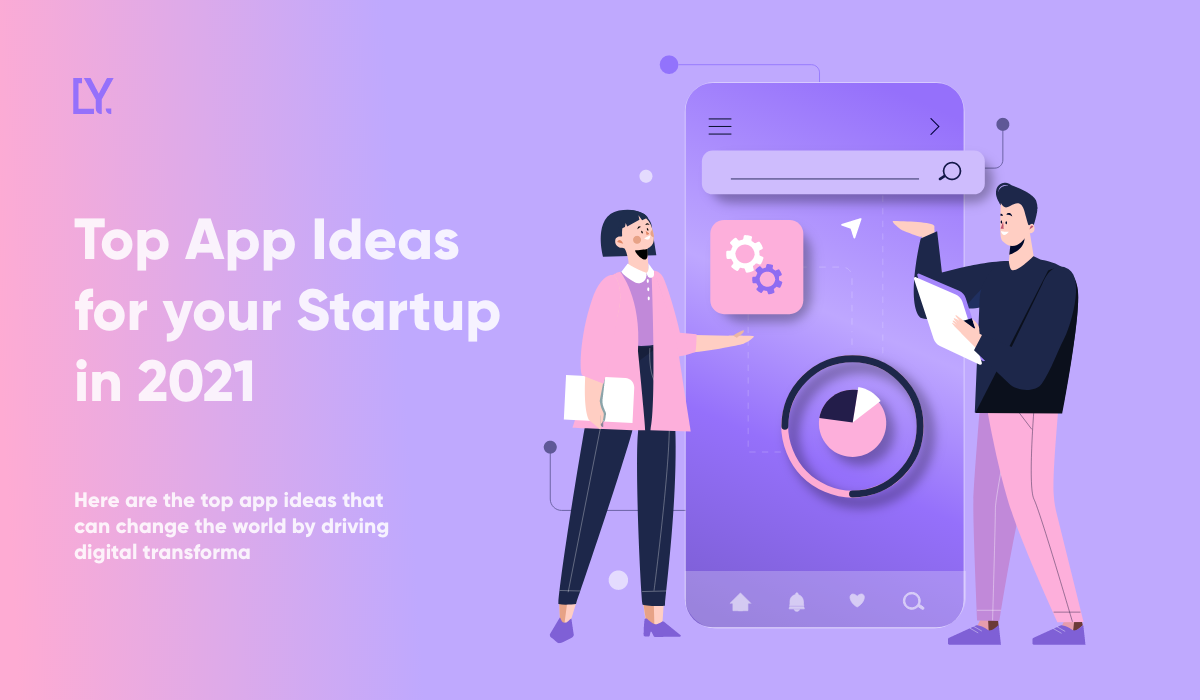
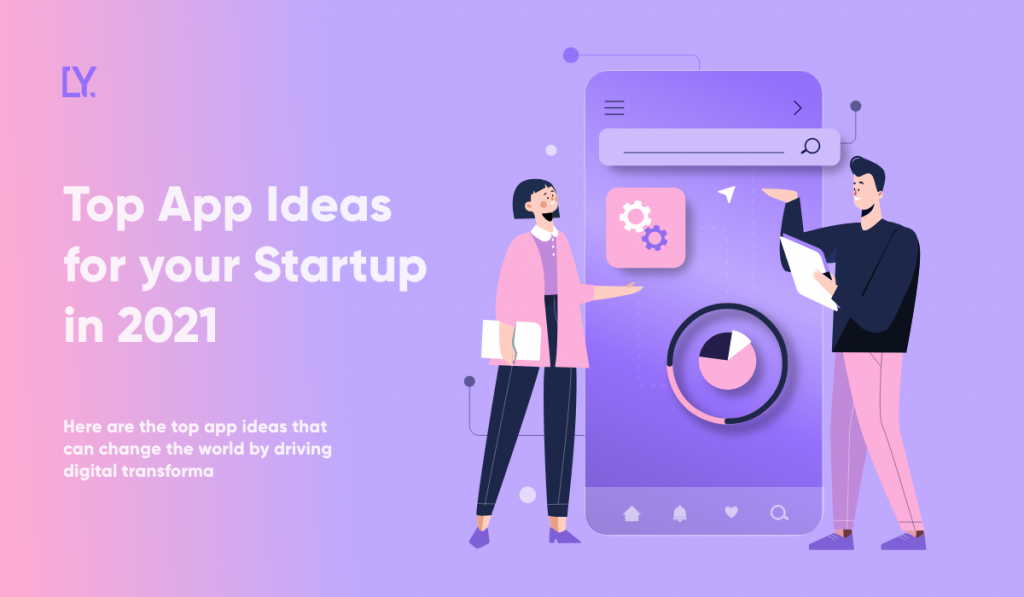
With over 2.7 million apps on the Google play store and over 1.82 million apps on the Apple store, it is challenging to step into the app market and make a difference. If you are looking forward to disrupting the app market, the first step is to brainstorm around the top app ideas that have the potential to impact your audience.
To begin with, you will need an out-of-the-box app idea with a high-value proposition. You can also choose to reinvent the wheel by replicating an app idea, however, you need to do it in a better way than an existing app (either fix their inconsistencies or introduce new and innovative features).
Let’s take an innovative example. Everyone’s familiar with Rubik’s cube and how challenging it can get to solve the puzzle. To help people easily solve the problem, LLC JamSoft introduced an app called “ASolver.”
You can simply click a few pictures of how your cube looks like and the app will help you solve the puzzle in an easy and non-confusing manner. Now that is called innovation!
To be able to take advantage of this lucrative app market, you need to think differently and solve a prevalent problem for your target audience. To help you through, here’s a blog that will help you give insight into the top app ideas for 2021.
What are the Different Types of Mobile Apps?
Before coming with a new app idea, you also need to decide on the type of app you will be building.
There are different types of mobile apps that you can consider creating. Some of which include:
Native Apps
A native app is an app where you code differently for iOS and Android operating systems. That is, you create a different app code for Android and a different app code for iOS.
Hybrid Apps
Hybrid apps are web apps that are built on a native app shell. The code is written with web development languages such as HTML, CSS, and Javascript, which are further embedded in a native app.
Cross-Platform Apps
A cross-platform app is where the developers create a single app code that holds the capability to run on different operating systems. Here, you need to create different app codes for Android or iOS.
Progressive Web Apps
A progressive web app is a website that acts and behaves similarly to a mobile app with respect to UI. A user does not have to download an app from the app store, instead, they can instantly open the app on the browser and get started.
Coming to the most crucial question — what are some good app ideas to try in 2021? Let’s scroll down to the next section.
How and where to scour new app ideas?
With more than 2.5 billion smartphone users and more than 5 million apps available on the app store and play store, we have definitely come a long long way. And this number is increasing with each passing day. Smartphone’s convenience of interacting with the apps have made people fall in love with the ubiquitous technology. And they are always on the lookout for something new that could help solve their problems. With this we also have an answer to the problem which is how to get an app idea? Let’s dive deeper on how to get an app idea and further we would give few examples to solidify our methods to get one.
Look for problems and gaps
In spite of abundant applications available in the app store and play store there are still gaps as one may seem that is needed to be filled. Look for those problems within the app or conduct research on google play and apple store to find if there’s any app that solves the problem you encountered. If not, get one designed and developed.
Imagine the future
What did Apple do to track the fitness and health of their iPhone users?How Uber or Lyft transformed passenger transportation industry? What did Amazon do in e-commerce space? There are many such examples but these should suffice in steering your thought process for getting an app idea and help you create a next big thing that can disrupt the industry.
Brainstorm
Gather along with your friends, colleagues and family members and let them know you want to develop an app and ask for their ideas. Consolidate their App ideas and brainstorm in order to connect them with each other. It could turn out to be something that was never thought of and who knows where this idea could take you.
Redo what’s done
Simply put, look for the apps that exist already and redo them with your own idea. Assessing and evaluating the app would help you refine your idea thereby removing the confusion, doubts you had in the first place. Don’t worry if you are wanting to enter a market that’s already crowded because as the saying goes “for some it is competition and for others, it is an opportunity.” So make the most of it.
Another way of redoing what’s done is by doing a search on the play store and app store and combining two or more apps to produce a single game-changing app.
Coming to the most crucial question — what are some good app ideas to try in 2021? Let’s scroll down to the next section.
What are the Top App Ideas for your Startup in 2021?
There are a variety of other ways to help you get an idea for your app development and we have tried to make it simpler by jotting down our list of the markets/ideas that are yet to be fully catered and unsatiated.
Fitness Apps
Now that the COVID-19 scare has led to people avoiding gyms, there is a huge demand for fitness-oriented apps to enable workout-from-home.
An example could be — ClassPass, a fitness class booking application that witnessed a steep rise in popularity amid the lockdown. ClassPass introduced an app and offered free content and sessions for its users.
As per statistics, they reported a 200% jump in their user base as compared to pre-COVID times. This happened because the regular gym customers not only used and attended the session but also recommended it to their family and friends.
In other words, the app proved to be a product-market fit where word-of-mouth marketing took charge.
Augmented Reality in eCommerce
Augmented reality is one of the trending app ideas that has been disrupting the market like no other. Though it requires heavy investments initially, the ROIs are likely to exponentially increase.
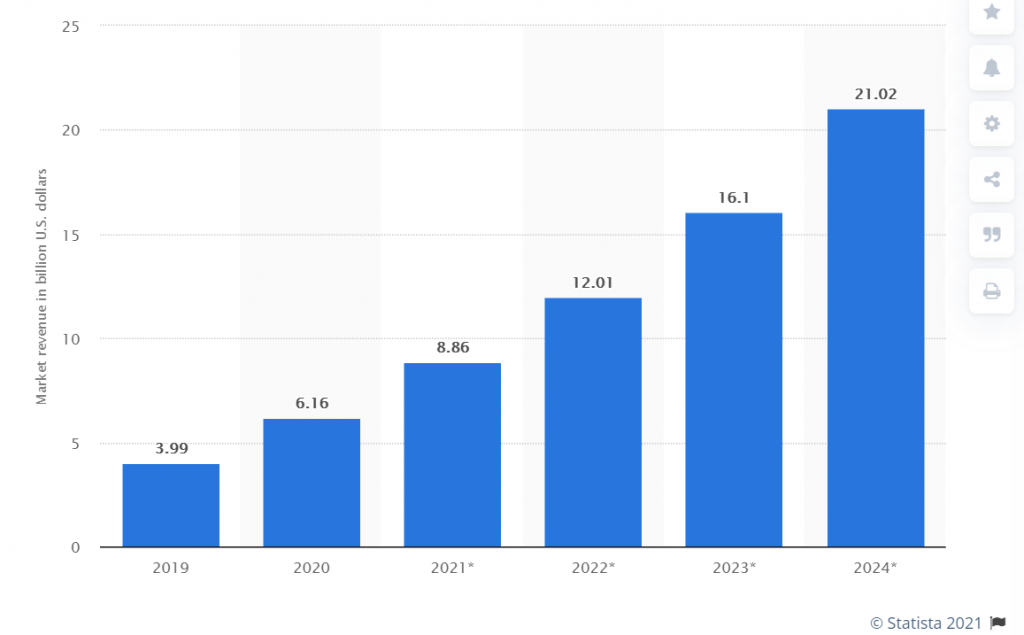
An example here can be the “IKEA catalog app.” It allows buyers to showcase furniture items in the catalog around the room virtually. Or the image recognition apps that allow taking pictures and initiates searching similar items on the web.
Peer-to-Peer Parking Apps
This is an all-new app idea that solves the major problem for the users, i.e., finding a space to park their vehicle in a crowded city. The app allows parking facilities or even homeowners with parking space to rent out parking facilities based on availability.
The concept is similar to that of Airbnb and that is the reason it is popularly called “Airbnb for Parking.” The idea is lucrative for businesses in crowded vicinities where finding a parking space is a challenging task.
If you invest in an app idea such as this, you’ll be saving time and also helping reduce the traffic congestions in the cities.
Crowded or Not
Google Maps uses real-time data from millions of customers to provide information about the traffic in the area and the road congestions. Based on this information, a commuter’s time is saved as they take the less crowded way to home/office.
Now that COVID-19 has led to following social distancing norms, you can work on the idea for checking crowds in pubs/restaurants beforehand. The app can use real-time data and also take inputs from the owners to tap into the app.
The app will help users check the level of the crowd, based on which they can make decisions to visit the place, postpone it, delay it, or even cancel it. You do not even need a proof of concept for the idea, Google already did that for you.
Itinerary Planning
Itinerary planning is a real need for the wanderlust people. They know what place to explore next, but find it difficult to know what best places to visit based on their interests. To solve this problem, consider introducing an itinerary planning app.
The app could help filter out places to visit based on interests and their approximate distance from the hotel of Airbnb accommodation. This could be a pro-level app where you can plan your trip entirely and it will be similar to talking to a friend who has already been to the place.
Seems like the app will save travelers time and make the most of their vacation.
A Barter System App
Let’s rejuvenate the old and traditional barter system technique where individuals can exchange items with each other. The exchange commodity could be a book, a piece of jewelry, a dress, mobile phones, etc.
The only rule of thumb is — the exchange commodities should hold a similar value. It is a really interesting idea if you come to think about it.
Let’s say you have a book that you have completed reading and now you plan to read another book that someone else in the app owns and has listed it. You can simply ask them whether they are interested in reading what you just read and exchanging books with them.
Doesn’t that sound cool?
AI-Enabled Expense Management App
There are plenty of expense management apps on Google play store and Apple store. These apps allow you to track your expenditure over a time period. But, that is so simple!
You can replicate the idea of the app with a twist! Embed artificial intelligence (AI) and machine learning into an expense management app. This way the app will do much more than managing expenses.
For example, the app will analyze the user’s expenditure over time and where they spend the most. The app will then help give out recommendations on how to decrease expenditure, where to invest, and increase savings.
Telemedicine
This app idea is surely gaining traction since COVID-19 restricted people from stepping out from their homes. So why not take advantage of this ubiquitous technology and create an app that allows patients to schedule an appointment with the doctor online and connect in a virtual room to get the treatment.
When the call ends, you receive a prescription in the form of a pdf and you can also order those medicines online.
It is around creating an all-in-one app, where:
- You can consult doctors online
- Order prescribed medicines
- Schedule an appointment for your loved ones
In a way, it is about driving digital transformation in healthcare.
Voice Translation
Language barriers have been an ever-prevalent problem in the world. Whether connecting with an overseas client or visiting a foreign land, it can get difficult to communicate if two people cannot speak the same language.
To solve this problem, you can introduce a voice translation app. A user can simply log in and select the language they will be speaking in and the language they want the conversion in.
Once they speak, the app will translate it into a different language, which will be understandable by the other person. In its truest sense, this is a great new app idea to break language barriers and bring people together.
A salesperson can nail the sales and a traveler can understand their way across the city. What could be better?
Graphical Restaurant Reservation System
We all are familiar with a cinema hall booking app or a bus booking app where a graphical representation of the seats allows us to choose and book the seat of our choice.
What if we follow the same for a restaurant booking app. The idea is worth every dime now that social distancing is mandatory. The app will allow people to book seats in the restaurant beforehand based on where they would like to relish their favorite delicacies.
The USP of your app — allowing people to book desired seating. If you feel excited about the idea — start exploring mobile app development companies to outsource development work.
Tax Management
Taxes are inevitable but technology has made it easier to manage our skyrocketing finances. So why not succour people to file their taxes and pay in quick succession.
Artificial Intelligence Powered Bots
Love them or hate them chatbots are bound to develop and stay as they help in automating simple tasks and personalising the experience for the user . They are smarter, responsive and about 80% of the companies are planning to incorporate chatbots by the year 2020. So why not be the first ones to do it?
Book Reviews Finder App
Tired of reading paperback books? Let’s change with the changing scenario. Help people to discover new books, join communities of their likings, follow writers and read reviews. Reading should be made a pleasurable activity and let them explore the unexplored.
Conclusion
These were the top app ideas for 2021 for you! To take one step ahead in the journey to convert the idea into an app, you will have to create:
- A PoC (Proof of Concept) for validating the technical feasibility of the idea
- A prototype to visualize the UI/UX flow of the app
- An MVP (Minimum Viable Product) to create a basic and a launchable version of the app to validate product-market fit
Take on the journey from idea generation to its conceptualization — why miss on the chance to be the owner of a million-dollar app.
